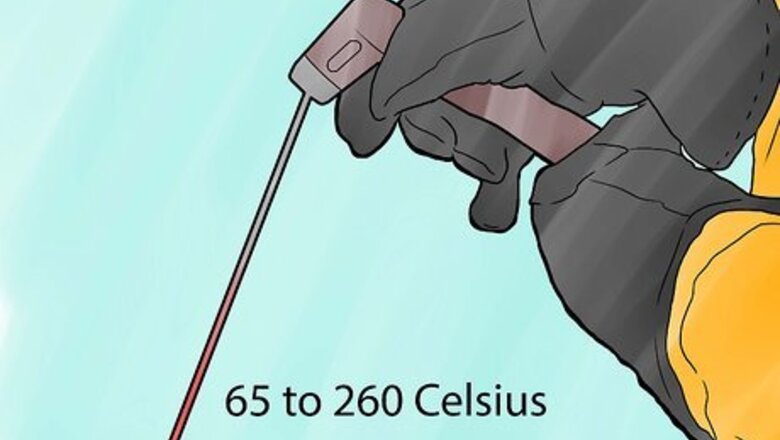
views
Temperature and Environment
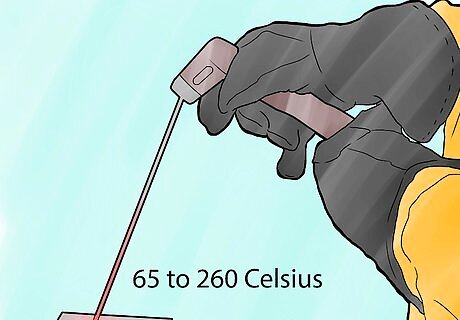
Keep the cast iron out of the range of 150 to 500 degrees Fahrenheit (65 to 260 Celsius). This is a danger zone for cast iron, during which it is the most unstable and difficult to work with. This will usually mean heating or cooling the iron before and during the work.

Preheat the sections that require work to the 500 to 1,200 °F (260 to 649 °C) range (260 to 649 Celsius).

Keep nearby iron cool, but not cold. If cold, you can sometimes run the machinery to get it up to the desired temperature.

Keep your repair patch cool enough that you can touch it safety with your bare hand. Hotter patches can ruin the weld, and cold patches will take too long to heat up to welding temperature. Consult your engineering specifications documents to know the best temperature for the exact iron formula you are using in your project.
Welding

Repair cracks and rips by attaching a cast part that serves as a patch between intact parts of the cast iron.
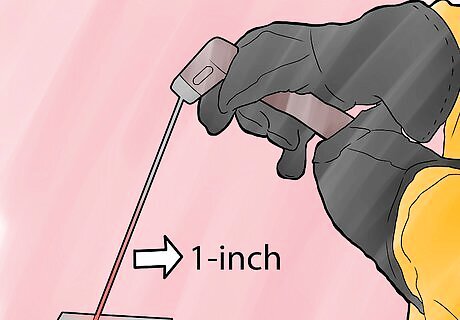
Weld patches in place using short welds, about 1 inch (2.5 cm) long each. This will keep the nearby metal from overheating as you work.
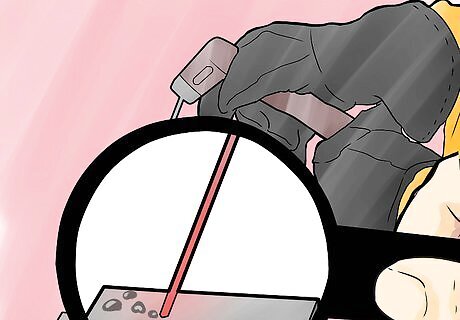
Use studding to reinforce major cracks. This technique involves drilling holes into the cast iron surface, then screwing the patch in place. You then weld the screws in place as part of the repair job.
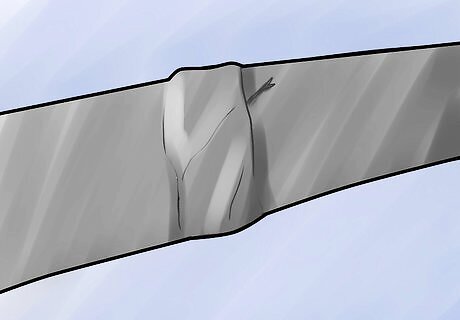
Expect to find small cracks in the iron when your welding is done. This is a normal and unavoidable part of welding cast iron. Use sealing compound for joints and sections that must be watertight. To stay safe while welding, protect yourself from UV radiation. Welding produces intense ultraviolet (UV) radiation, which can harm your eyes and skin. Ensure to shield nearby people and use screens or curtains to confine the welding area. Regularly check your welding equipment for damage or defects. Faulty equipment can pose safety risks, so it's crucial to maintain it properly. Be cautious of electrical hazards. Welding involves high electrical currents, so ensure you have a properly grounded workpiece and avoid contact with the electrode, work clamp, or any other live electrical parts.



















Comments
0 comment